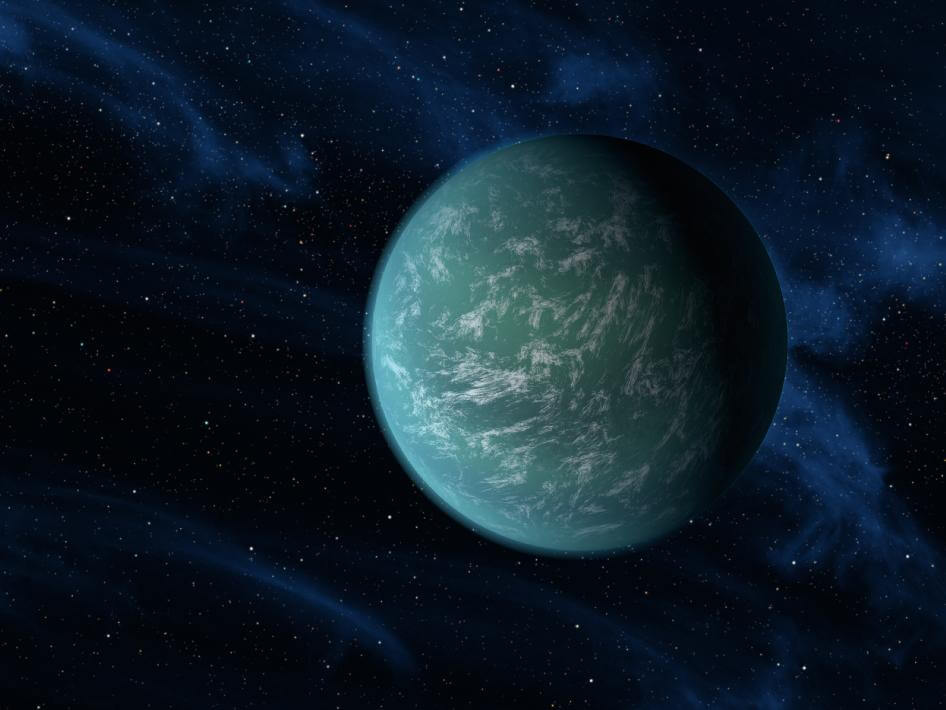
NASA’s Kepler mission, known for discovering planets and planet candidates, has just announced exciting news: the first confirmed planet in a habitable zone.
According to NASA, the newly confirmed planet is Kepler-22b and is the smallest found orbiting in the middle of the habitable zone, a place where liquid water could exist on a planet’s surface, of a star similar to our sun.
Kepler-22b is about 600 light-years away and is 2.4 times the radius of Earth. Reportedly, scientists don’t yet know Kepler-22b’s composition, whether it’s rocky, gaseous or liquid.
In addition to the exciting discovery, Kepler mission also discovered more than 1,000 new planet candidates with ten close to Earth’s size and orbit in the habitable zone of their host star.
Previous research hinted at Earth-sized candidates but nothing was confirmed until now.
Back in February, NASA’s Kepler mission discovered its first Earth-size planet candidates and its first candidates in the habitable zone, five of which are around Earth’s size and orbit in the habitable zone of a smaller version of Earth’s Sun.
Kepler-22b comes as the first to be confirmed.
“In one generation we have gone from extraterrestrial planets being a mainstay of science fiction, to the present, where Kepler has helped turn science fiction into today’s reality,” said NASA Administrator Charles Bolden in a NASA press release.
Kepler also found the largest group of transiting planets orbiting a single star outside of our solar system – six confirmed planets orbiting a star named Kepler-11, which is located approximately 2,000 light years from Earth.



























